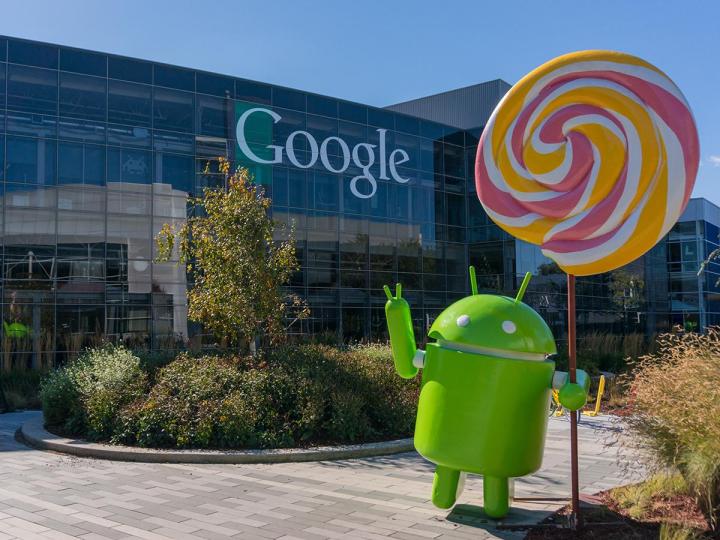
If you’re wondering why both iOS and Android can be doing so well simultaneously, it’s worth remembering that profits and market share are not the same metric — more devices run Android but Apple is raking in more of the cash. A number of different manufacturers produce Android phones of course, none of whom are doing particularly well at making money from it.
The new statistics come courtesy of Strategy Analytics, and the firm says that strong growth in China and India will continue to help Android’s rise in 2015. In the face of those one billion Android smartphones, Apple shipped 192.7 million iPhones to claim a market share of 15 percent, slightly down on 2013. Windows Phone slumped to 3 percent market share across the globe with shipments of 38.8 million during the year.
Google will be pleased that Android’s dominance is increasing, but it’s not all going to be plain sailing in the future. Firms such as OnePlus are working on alternative forks of the operating system designed to take some control away from Google, and Microsoft has recently invested in the alternative CyanogenMod version of Android. HTC, meanwhile, says it is going to miss its self-imposed 90-day deadline for getting Lollipop upgrades out to its customers — bug fixes are blamed for the delay, but the Taiwanese manufacturer is promising that the roll out will start as soon as possible.
Via SlashGear
[Header image courtesy of Asif Islam / Shutterstock.com]
Editors' Recommendations
- This is one of the cheapest 5G phones worth buying today
- How to find your lost phone (tips for iPhone and Android)
- How to use iMessage on an Android phone or tablet
- The 10 best photo editing apps for Android and iOS in 2024
- This Android phone is so bad I couldn’t review it


